1. Life Was Simpler

Many people romanticize the past as a simpler time, free from the complexities of modern life. But “simpler” often meant fewer protections, less medical care, and harsher living conditions. For example, disease and infant mortality were far more common, and access to healthcare was limited. Life could be brutally hard for most people, despite the nostalgia we sometimes feel for it.
On top of that, technology, while basic, didn’t make life “easier” in the ways we think. Household chores were grueling, and child labor was widespread. People worked longer hours, often with dangerous machinery and no worker protections. The idea of leisurely simplicity mostly applied to a very small fraction of society.
2. Everyone Had a Stable Job
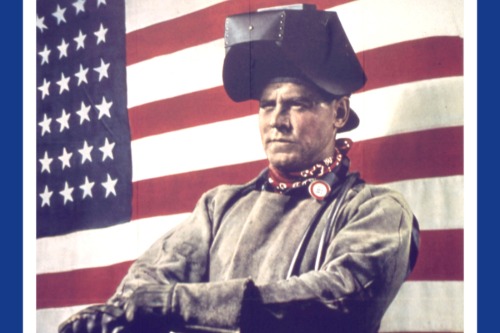
It’s easy to imagine the past as a time when everyone had steady employment, but that’s far from true. Many jobs were seasonal, temporary, or incredibly physically demanding. Unemployment and underemployment were common, and there were no safety nets like unemployment benefits or workers’ compensation. Job security for most people was a luxury, not the norm.
Even those with steady employment faced grueling hours. Factory jobs, farm work, and domestic labor often required 12–16 hour days, six days a week. Workplace accidents were routine, with little recourse. The “good old job security” often existed only in hindsight, not reality.
3. Schools Were Better
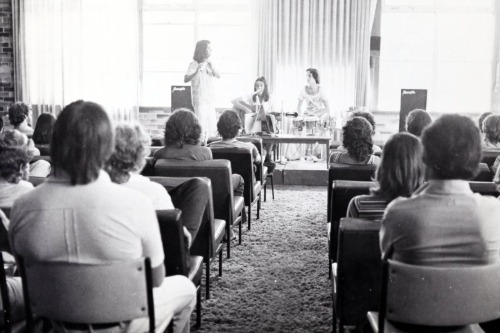
Nostalgia often paints schools as more disciplined and effective, but the reality was harsher. Many children had limited access to quality education, especially in rural areas and for marginalized groups. Segregation and underfunded schools meant that learning opportunities were unequal. Literacy and graduation rates were much lower than we might assume.
Teaching methods were strict, sometimes abusive, and the focus was more on rote memorization than critical thinking. Child labor laws were lax, so many children left school early to work. For girls and children of color, educational access was especially limited. The “better schools” image often ignores who was actually included.
4. Families Were Stronger
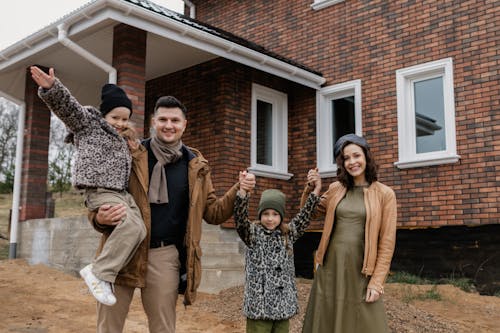
There’s a myth that family life was more cohesive in the past. But many families struggled to survive day-to-day, often with multiple generations crowded into tiny homes. Divorce was stigmatized, but hardship, abuse, and neglect were common. Economic pressures frequently pulled family members apart rather than keeping them close.
Women and children often carried immense burdens, from domestic labor to contributing to the household income. Fathers, if present, were not necessarily nurturing, and community support systems were weak. Romanticizing the “tight-knit family” overlooks these difficulties. For many, the idea of family stability was more hope than reality.
5. Crime Was Rare

People often think crime was much lower in the past, but that’s misleading. Many crimes went unreported, and law enforcement was inconsistent and biased. Violence, particularly in urban areas or frontier towns, could be rampant. Prohibition-era crime in the 1920s is a prime example of how lawlessness sometimes thrived.
In addition, marginalized communities faced both higher crime rates and harsher policing. Lynching, racial violence, and mob justice were disturbingly common. So while “polite society” may have seemed orderly, reality was often dangerous. Nostalgia tends to erase these hidden threats.
6. Everyone Agreed on Morals
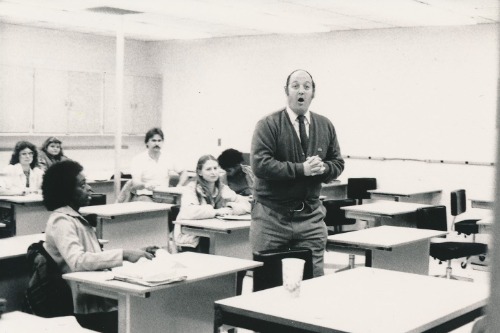
The “good old days” are often imagined as morally clear and unified, but society was full of deep divisions. Racial segregation, gender inequality, and discrimination were widely accepted. Laws and social norms favored white, male, wealthy citizens while oppressing others. Moral clarity for one group often meant oppression for another.
Even within communities, values were contested, and social reform movements were hotly debated. Abolitionists, suffragists, labor activists, and other reformers constantly fought against entrenched norms. The “shared moral code” is more myth than reality.
7. Health Was Better

There’s a nostalgic idea that people were healthier because life was “natural” or slower-paced. In truth, life expectancy was much shorter due to infectious diseases, poor sanitation, and lack of modern medicine. Epidemics like the 1918 flu pandemic devastated communities. Chronic conditions were also poorly understood and rarely treated.
Nutrition was often inadequate, especially for the poor, and child mortality was high. Many people worked in hazardous environments without protective gear. Access to clean water, vaccines, and antibiotics was limited. So while some individuals may have thrived, population-wide health was often precarious.
8. Politics Was Less Divisive
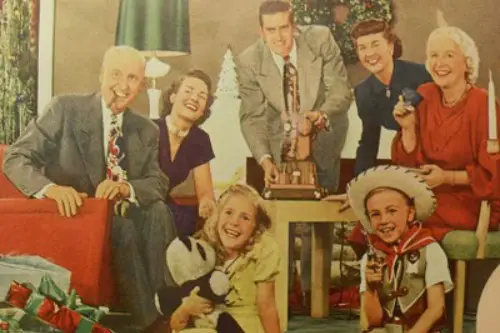
We sometimes imagine politics as calmer or more civilized in the past. Yet political battles were often vicious, with corruption, intimidation, and violence. Factionalism, bribery, and voter suppression were widespread. Elections could be chaotic and dangerous rather than orderly debates among neighbors.
Many groups were completely excluded from political participation. Women, people of color, and immigrants were systematically denied voting rights. So while the past might feel “simpler,” it was rarely fair or inclusive. Nostalgia tends to erase these conflicts.
9. Women Had More Respect
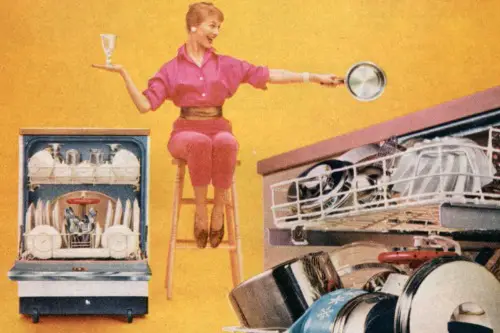
Some believe women were universally respected in the past, but social norms were heavily patriarchal. Women often had little legal independence, could not vote, and were expected to remain in the home. Careers, higher education, and public leadership were largely off-limits. The idealized image of the dutiful homemaker ignores the limitations imposed on half the population.
Domestic abuse and social control were pervasive, and there were few resources for women in crisis. Married women often lost property rights, and single women faced harsh stigma. Respect was conditional and unequal, not universal. Nostalgia rarely captures the systemic oppression women faced.
10. Communities Were Close-Knit

Many imagine everyone in towns and neighborhoods looked out for each other. While some communities were supportive, isolation and exclusion were common. Immigrant groups, African Americans, Native Americans, and other minorities often faced hostility. Social cohesion often depended on who was included, leaving many people marginalized.
Economic hardship could also strain relationships. Neighbors might compete rather than cooperate, and social mobility pressures could create tension. So the idea of universal neighborly bonds is more wishful thinking than reality. Communities could be tight-knit—but only selectively.
11. People Had Plenty of Free Time
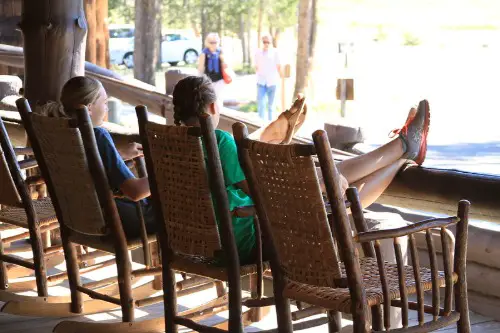
We tend to think people of the past had more leisure, but long work hours were standard. Farmers, factory workers, and domestic laborers had little time off. Sundays might have been the only rest day, and even then, chores filled most of it. “Free time” was scarce for most families.
Children had responsibilities from a young age, and entertainment options were limited or expensive. Without labor protections, vacations were rare. Many people were constantly occupied with survival rather than enjoyment. Nostalgia often glosses over how exhausting everyday life could be.
12. Technology Was Less Stressful

It’s easy to think that life without screens and modern devices was less stressful. But manual labor, lack of transportation, and slow communication created constant pressure. People had to fetch water, chop wood, and travel long distances for basic needs. Stress was built into the fabric of daily survival.
Additionally, people were always at the mercy of weather, disease, and other uncontrollable factors. While we may complain about modern technology, it often reduces physical strain and increases access to information. The “less stressful” past was often more physically and socially taxing than we remember.
This post 12 Myths About the “Good Old Days” That Weren’t Good at All was first published on American Charm.


